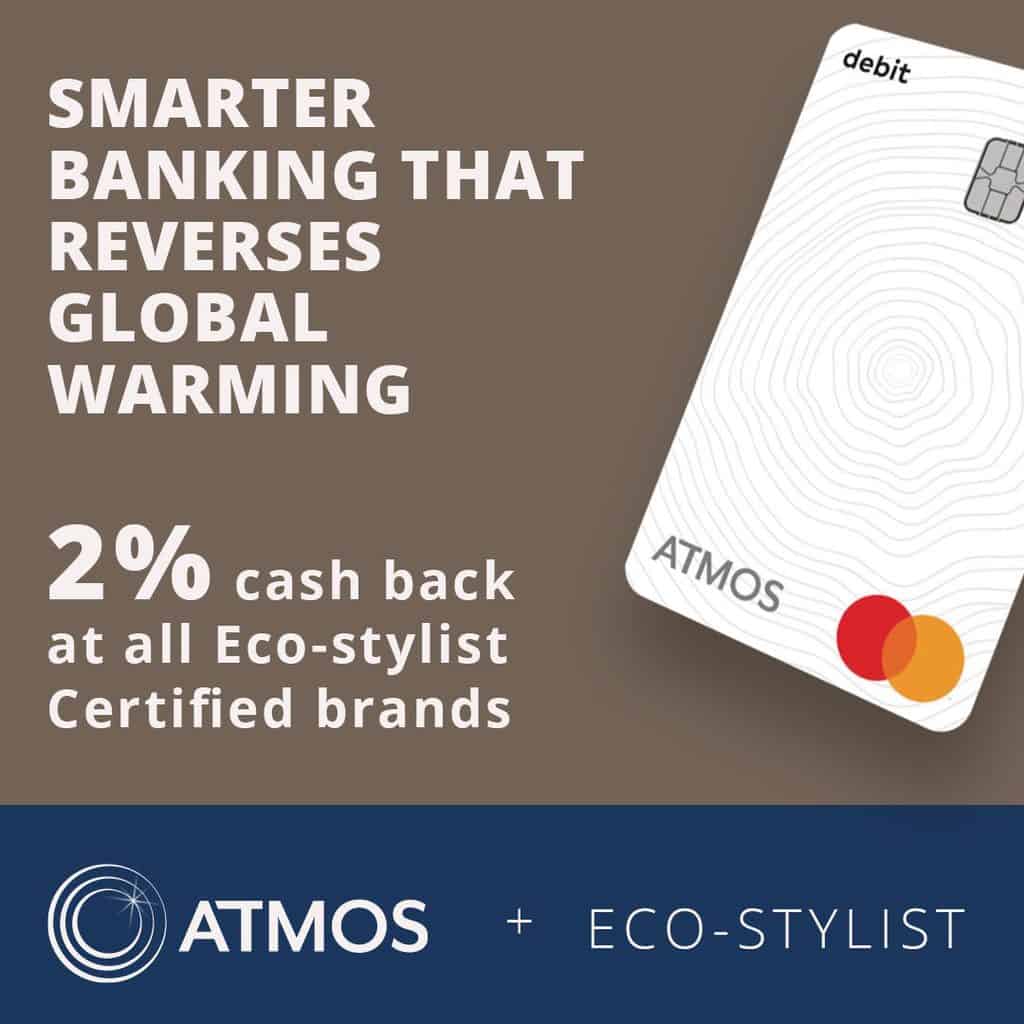Atlanta-based brand, Alternative Apparel was established back in 1995. They were pioneers in sustainable and ethical fashion, and naturally, as the sustainability market grew so did the company.
Under their original ownership, they were able to pass our sustainable brand criteria with a score of 53/100. But things didn’t stay that way…

In 2017 Alternative Apparel was purchased by Hanes. Hanesbrands, a massive multibillion-dollar corporation, purchased Alternative Apparel for an impressive $60 million.
Since then, despite the decision to keep the original CEO, Evan Toporek, onboard to lead the brand, Alternative Apparel has lost many of the sustainable practices that made it such a strong choice in the ethical marketplace. Today they fail our criteria with a score of 25/100.
So, how sustainable is Alternative Apparel today? And what can be done to reverse course? Let’s get into it.
THE RESULTS
Transparency: 3/15
Alternative Apparel does a good job of engaging with its manufacturing facilities to promote sustainability and human rights protections. Their #whomademyclothes campaign connects buyers with makers all over the world and they clearly promote their compliance with the Fair Labor Association guidelines and their WRAP certification.
However, if the company would like to improve this score, they should consider taking additional steps towards transparency. This could include public disclosure of factory conditions, publicizing audits that review the environment in a factory, or a clear system to trace the supply chain of all of their products.
Maker Wellbeing: 7/33
This category is a bit of a mixed bag for Alternative Apparel.
They have an excellent code of conduct designed to protect their employees and they’ve been WRAP certified meaning that their factories have been reviewed by an independent auditing organization for worker protections. They’ve also joined Fashion Revolution, an organization dedicated to increasing transparency and safety for garment workers.

That being said, there is still a lot more they could be doing. One change that would be monumental would be a shift to paying makers a living wage.
The WRAP certification currently only requires that makers are paid the minimum wage, but this is often substantially lower than what a maker needs to live on. Another great option would be expanding well-being programs to the majority of their factories. This could include healthcare, educational programs, stipends, access to financial services, and much more.
Environmental Sustainability: 12/33
It’s clear that sustainability is a goal of Alternative Apparel. They practice water conservation at the majority of their facilities and do their best to minimize the waste they send to landfills. They’ve even banned harmful production techniques like sandblasting and distressing.
But they still have room for improvement. They could launch a program to extend the life of their products (i.e. some form of repair service). They could ensure they are complying with ZDHC water guidelines that protect waterways from harmful chemicals. Lastly, they could disclose the amount of water they use or how much greenhouse gas they’re producing, with goals to improve either.
Sustainable Fabrics: 0/14

This is by far Alternative Apparel’s weakest category. One of the main requirements to score points for sustainable fabrics is the majority rule.
That means that more than half of their clothes need to be made from more sustainable fabrics. Unfortunately, that’s just not the case with this brand. While there are clearly efforts to sustainably source raw materials, they fall below 50% of their products.
Leadership: 3/5
Alternative Apparel is in support of sustainable and ethical consumption. Their social media promotes responsible consumption and their blog offers ideas for revamping old clothes with upcycling tips.
If Alternative Apparel wants to step further into a leadership role, we suggest they demonstrate a continued effort to become more sustainable. That means public goals, actionable plans, and proof that they’re following through on their commitments.
Overall: 25/100
Obviously, Alternative Apparel’s slip from sustainability is disappointing. But it’s important not to lose hope.
This is a brand that once passed our criteria and helped the sustainability movement gain traction. They know how to be a strong sustainable brand and they can be once again. We just have to hold them accountable, and it starts with their customers.
Next Steps
While Alternative Apparel may not be very sustainable today, it doesn’t mean it’s time to turn your back on them. Let them know that you want to see more sustainable sourcing and better pay for their makers.
You can contact them here:
- Email – contactus@alternativeapparel.com
- Phone – (877) 795-3347
- Instagram – https://www.instagram.com/alternativeapparel/
Sustainable Alternatives to Alternative Apparel
Looking for some Alternatives to Alternative? Here’s a few of our favorite Eco-Stylist Certified brands:
Looking for more Sustainable Brands?
Check out our list of 80+ brands that are doing things like using Fair Trade certified factories, expanding their use of sustainable fabrics, incorporating upcycling, starting circular initiatives, and paying living wages.
*Article updated 4/12/22.

Lily Rosen Marvin studies English and Creative Writing at the University of Iowa. When she’s not writing about sustainable fashion, Lily can be found hiking, reading outside, or binge-watching 30 Rock.











3 thoughts on “What Happened to Alternative Apparel?”
Are sustainable brands that you recommend still using the plastic ties that anchor tags to clothing and other products??
Ellen, thanks for your question!
Our criteria considers hundreds of factors about a brand and so no two brands are exactly alike. While we’ve seen first hand that many of our brands don’t use those plastic tags, in fact I can’t think of any that do, I also can’t say definitively that none of them do.
Under our sustainability section that’s not specifically one of the questions, although there is a question about brands using more sustainable packaging. We’re looking for big ticket items under sustainability like measuring and reducing CO2, water, and waste, having sustainability goals, having a circularity program, sourcing more than 50% of fabrics sustainability, addressing waste water (to keep chemicals out of rivers), etc.
Many of our brands have initiatives to reduce plastic in their supply chain which usually starts with packaging and eventually includes every little piece, including those tags. I hope that helps!
I enjoy what you guys tend to be up too. This kind of clever work and reporting! Keep up the amazing works guys I’ve included you guys to my own blogroll.